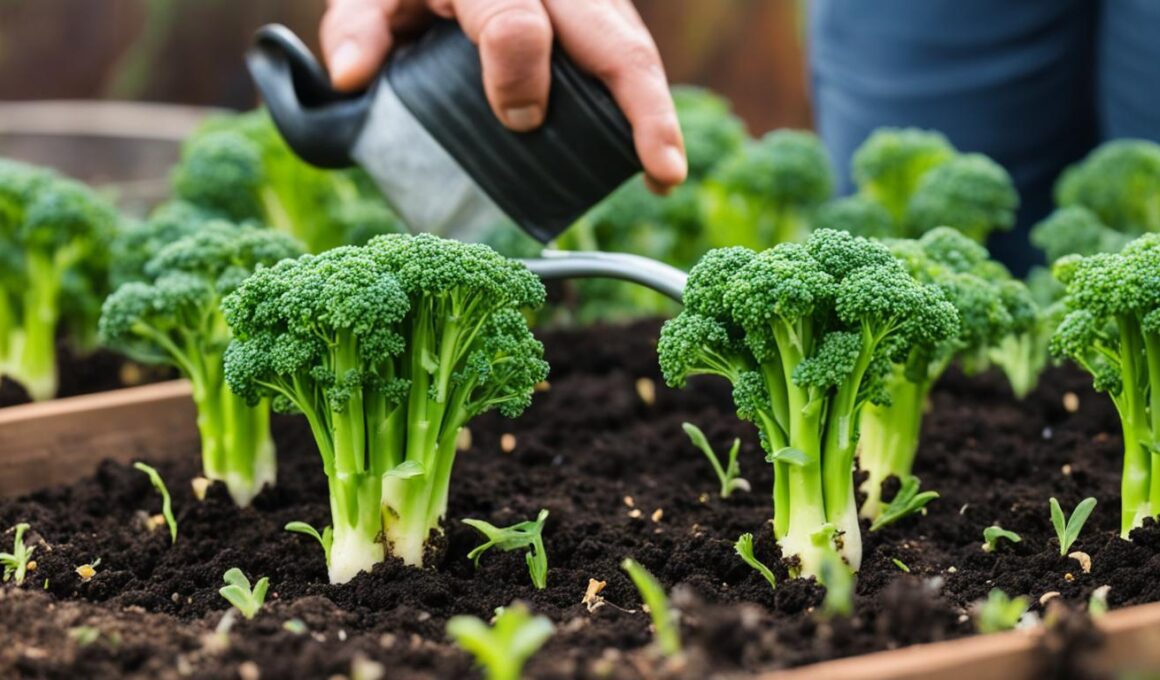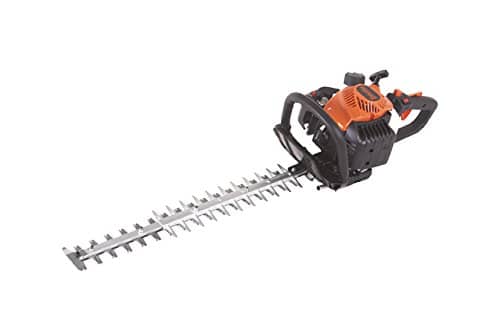Are you interested in cultivating your own delicious and nutritious broccolini? We’ve got you covered with tips for growing broccolini that will have you enjoying this flavorful vegetable in no time.
Broccolini is a trademarked cross between broccoli and Chinese broccoli, renowned for its delicate flavor and slender stalks topped with bite-sized heads. Not only is broccolini a tasty addition to any meal, but it is also easy to grow.
To start growing broccolini, you have two options: you can either start seeds indoors about six weeks before the last-frost date or directly sow seeds once the soil temperature reaches 55 degrees Fahrenheit. Whichever method you choose, it’s essential to provide broccolini with a sunny location in fertile soil.
When transplanting broccolini seedlings, be sure to space them 12 to 24 inches apart to allow for their growth and development. Consistent moisture is key to their success, so regular watering is necessary. Additionally, mulching around the plants can help control weeds and retain moisture.
As a heavy feeder, broccolini benefits from regular fertilization. Applying a low-nitrogen fertilizer every three weeks will keep the plants healthy and thriving.
While broccolini shares some pests and diseases with its broccoli relatives, such as cabbage moth and aphids, being vigilant and proactive with pest control measures can help protect your crop.
Harvesting broccolini is a joyous moment for any gardener. Once the central crown develops, it’s time to reap the rewards of your hard work. Simply cut off the central head when it is still compact, and side shoots will continue to grow for additional harvests throughout the growing season.
Now that you know how to grow broccolini successfully, it’s time to enjoy the fruits of your labor in the kitchen. Whether you prefer roasting, grilling, sautéing, or adding broccolini to salads, this versatile vegetable will elevate any dish with its delicious flavors.
Stay tuned for more exciting information about broccolini cultivation and history, and discover inspiring ways to harvest and cook this delectable vegetable.
Cultivation and History of Broccolini
Broccolini, a hybrid vegetable developed by Sakata Seed Company in 1993, is a fascinating blend of European broccoli and Chinese gai lan. Originally named “aspabroc” due to its asparagus-like stems, it was later rebranded as “broccolini” in 1998. Since its introduction, broccolini has gained popularity and has been known by various names, such as broccoletti, broccolette, asparation, tenderstem, sprouting broccoli, and baby broccoli.
Broccolini is an annual plant that requires specific conditions for successful cultivation. It thrives in rich, deep soil and full sun, making it ideal for gardens and farms. This versatile vegetable can either be planted from transplants or direct-sown depending on personal preference and gardening practices.
- To cultivate broccolini, start by preparing the soil. Ensure it is enriched with organic matter and has proper drainage.
- Sow the seeds or transplant the seedlings into the prepared soil according to the recommended spacing of 12 to 24 inches between plants.
- Provide regular watering, keeping the soil consistently moist but not waterlogged.
- Broccolini is a heavy feeder, so it benefits from regular feeding with organic fertilizers. Apply these every three weeks to promote healthy growth.
- Monitor for common pests that affect the brassica family, such as aphids and black leg, and take necessary preventive measures or use organic pest control methods if needed.
Cultivating broccolini requires care and attention, but the rewards are well worth it. Its delicate flavor, slender stalks, and bite-sized heads make it an excellent addition to any culinary repertoire. Whether you roast it, grill it, sauté it, or add it to salads, broccolini offers a delicious and nutritious experience.
Harvesting and Cooking Broccolini
When it comes to broccolini, knowing the right time to harvest is key to enjoying its tender and flavorful goodness. The harvesting process begins by cutting off the central head when it is still compact. This ensures that the broccolini retains its desired texture and taste. After harvesting the central head, you’ll be pleased to know that side shoots will continue to grow, offering you multiple harvests throughout the growing season.
It is best to harvest broccolini before white flower buds begin to appear. This ensures that the vegetable is at its peak freshness and avoids any bitterness. And don’t let any parts go to waste! The entire broccolini plant is edible, including the curly green leaves, small florets, and long stems. This versatility allows you to explore various cooking techniques and recipe ideas.
From roasted broccolini with a crispy finish, to grilled broccolini that brings out its natural sweetness, there are endless possibilities to explore. You can also sauté broccolini with garlic or other spring vegetables for a vibrant and nutritious side dish. Another option is to blanch broccolini and use it as a delicious topping for pizza or as an addition to pasta dishes. The leaves of broccolini have a slight peppery taste, making them a great addition to stir-fries and salads.
Broccolini is not only a culinary delight but also a nutritional powerhouse. It is rich in calcium, potassium, B-complex vitamins, and fiber, making it a healthy addition to your meals. To extend its shelf life, broccolini can be refrigerated for up to 10 days or frozen for longer storage.
So, whether you’re a broccolini enthusiast or just starting to explore the world of this tasty vegetable, get ready to savor its delicious flavors and enjoy its versatility in various culinary creations.
Can the same methods be used to harvest broccolini as harvesting buttercrunch lettuce?
Yes, the same methods for harvesting buttercrunch lettuce can be used for broccolini. Both are best harvested in the morning when the leaves are crisp and cool. For broccolini, use a sharp knife to cut the stems when they reach about 6 inches in length. Try harvesting buttercrunch lettuce now.










